Paper: DPO (Direct Preference Optimization) - language model tuning
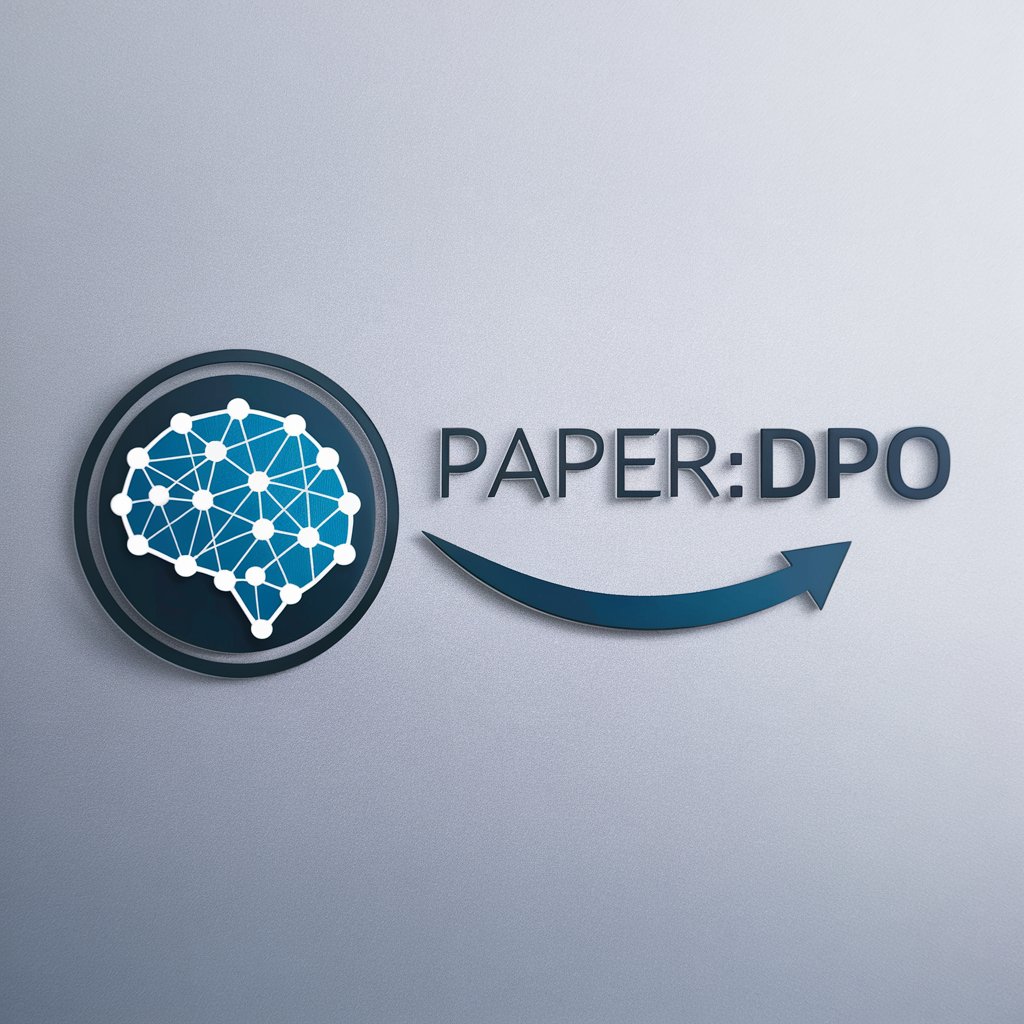
Hello! I'm here to help you understand DPO.
Aligning AI with human preferences.
Explain the key benefits of Direct Preference Optimization (DPO).
How does DPO compare to traditional RLHF methods?
What are the theoretical foundations of DPO?
Describe the experiments validating DPO's effectiveness.
Get Embed Code
Introduction to Direct Preference Optimization (DPO)
Direct Preference Optimization (DPO) presents a novel methodology for fine-tuning language models (LMs) to closely align with human preferences, significantly simplifying the traditional Reinforcement Learning from Human Feedback (RLHF) process. Traditional RLHF involves a complex and often unstable procedure of fitting a reward model to human preferences and then using reinforcement learning to fine-tune a language model. In contrast, DPO proposes a more straightforward approach by reparameterizing the reward model, enabling the extraction of an optimal policy directly using a simple classification loss. This method bypasses the need for sampling from the LM during fine-tuning, making DPO stable, performant, and computationally efficient. For example, in tasks such as sentiment control, summarization, and dialogue, DPO has shown to either match or exceed the performance of PPO-based RLHF methods while being substantially easier to implement and train. Powered by ChatGPT-4o。

Main Functions of DPO
Simplification of RLHF
Example
DPO simplifies the RLHF pipeline by directly optimizing for human preferences using a binary cross-entropy objective, eliminating the complexity and instability associated with traditional RL approaches.
Scenario
When fine-tuning LMs for tasks like sentiment modulation, DPO's approach allows for efficient and stable model training, streamlining the process for developers.
Stable and Lightweight Fine-Tuning
Example
DPO offers a stable and lightweight fine-tuning process by avoiding LM sampling during fine-tuning and reducing the need for extensive hyperparameter tuning.
Scenario
In applications requiring quick adaptations to new datasets or preferences, DPO facilitates rapid model adjustments without sacrificing stability or requiring significant computational resources.
Efficient Policy Optimization
Example
By leveraging an implicit reward model and optimizing policy directly, DPO efficiently increases the likelihood of preferred responses in text generation tasks.
Scenario
For creating a customer service chatbot, DPO can fine-tune the LM to generate responses that align with preferred customer interaction styles, enhancing user satisfaction.
Ideal Users of DPO Services
AI Researchers and Developers
This group benefits from DPO's streamlined approach to fine-tuning LMs, enabling them to more efficiently align model outputs with human preferences for a wide range of applications, from chatbots to content generation.
Product Managers in AI-driven Services
Product managers can leverage DPO to quickly adapt LMs to fit the changing preferences of their user base or to introduce new features, improving product quality and user experience with minimal technical overhead.
Educational Content Creators
For creators aiming to develop educational tools or content using LMs, DPO offers an effective way to ensure that generated material meets educational standards and aligns with learners' needs and preferences.

Using Paper: DPO (Direct Preference Optimization)
Start with a free trial
Visit yeschat.ai to begin using DPO with a free trial that requires no login or ChatGPT Plus subscription.
Understand your needs
Identify specific tasks or problems where aligning language model outputs with human preferences can enhance performance, such as sentiment control, summarization, or dialogue systems.
Prepare your dataset
Compile a dataset of human preferences, where each entry consists of a prompt and pairs of model responses with associated human preferences.
Configure DPO
Set up DPO with your dataset, adjusting hyperparameters like the β coefficient for balancing preference fitting and policy deviation.
Iterate and refine
Use empirical validation to assess DPO's performance on your tasks. Refine your approach based on results, potentially revisiting dataset preparation and DPO configuration.
Try other advanced and practical GPTs
ALSP Reference
Empowering informed ALSP decisions with AI-driven insights.
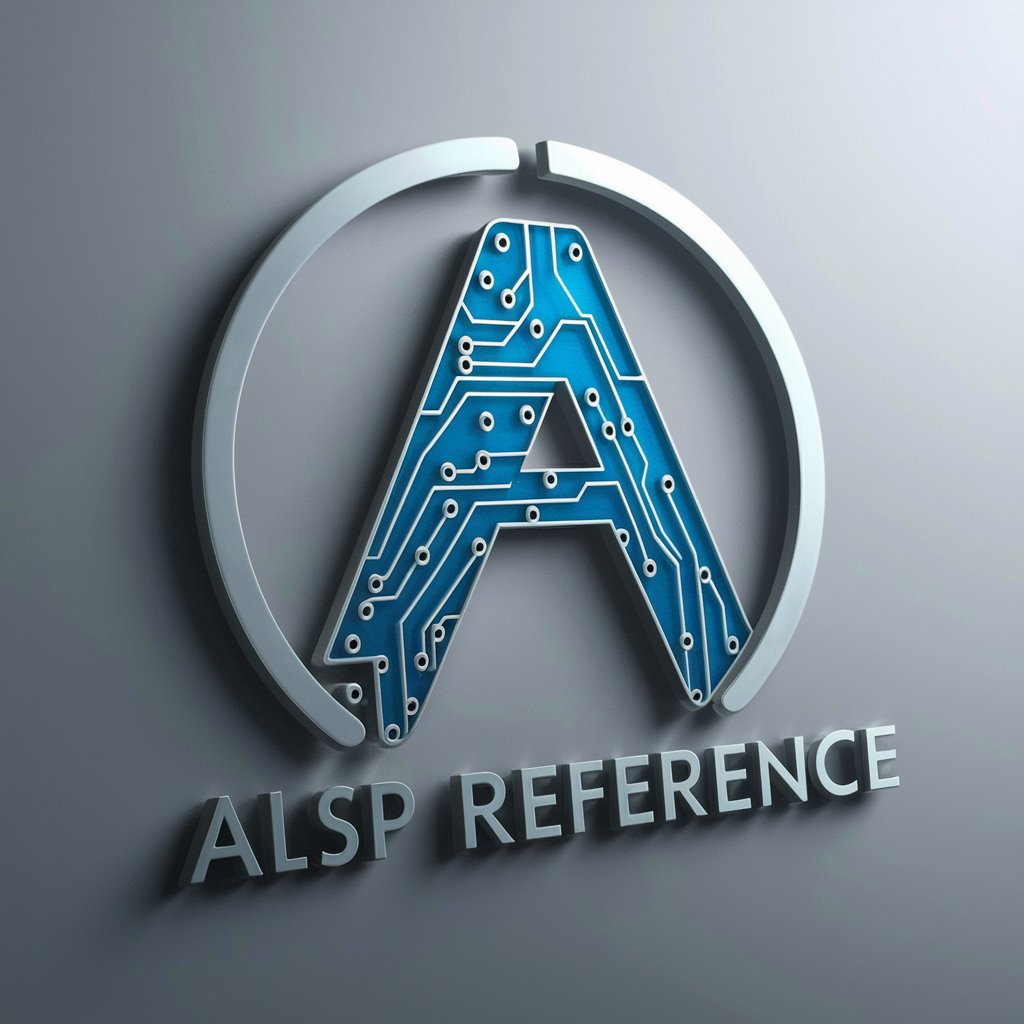
Reference Scholar
AI-powered Precision in Information

Reference Genius
Empowering your ideas with AI-powered precision.
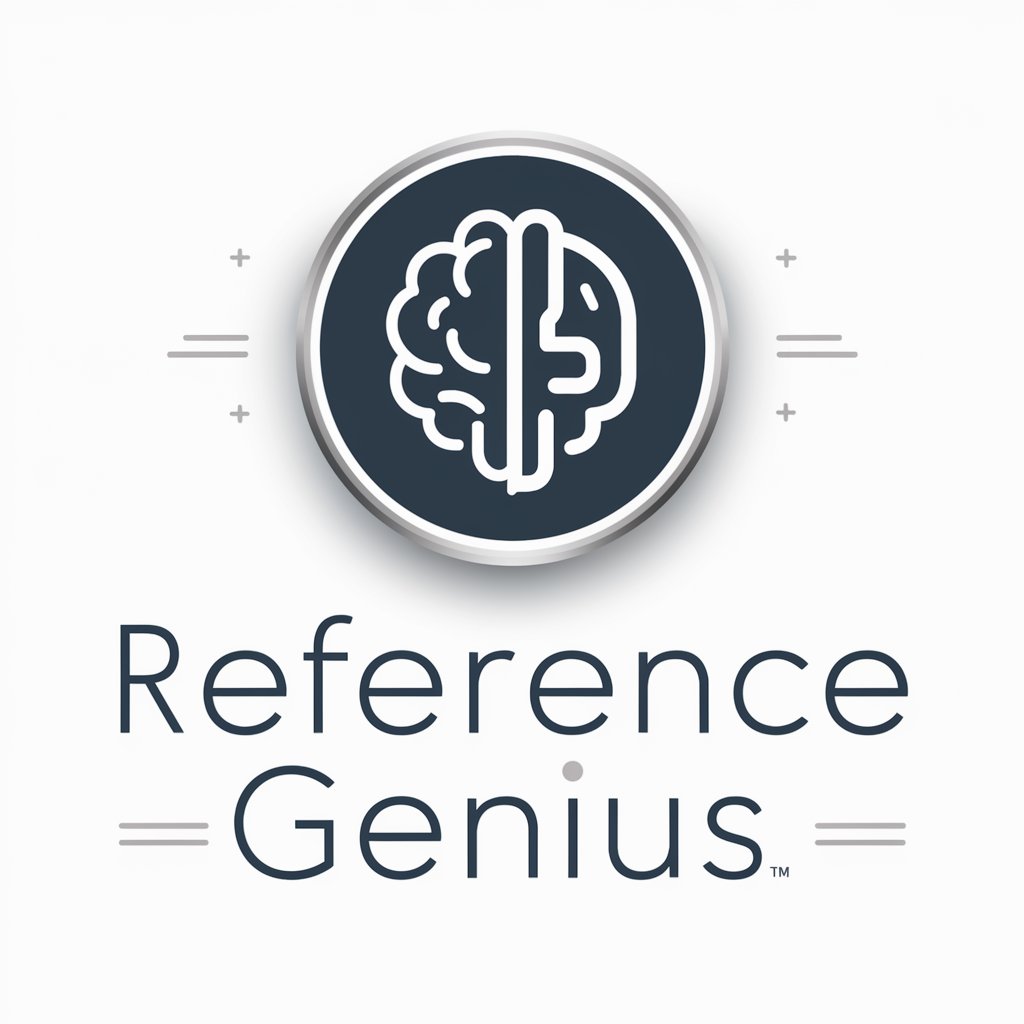
C++ Reference
AI-Powered C++ Programming Guide

Meal Preference Determiner
Tailoring meals with AI precision.
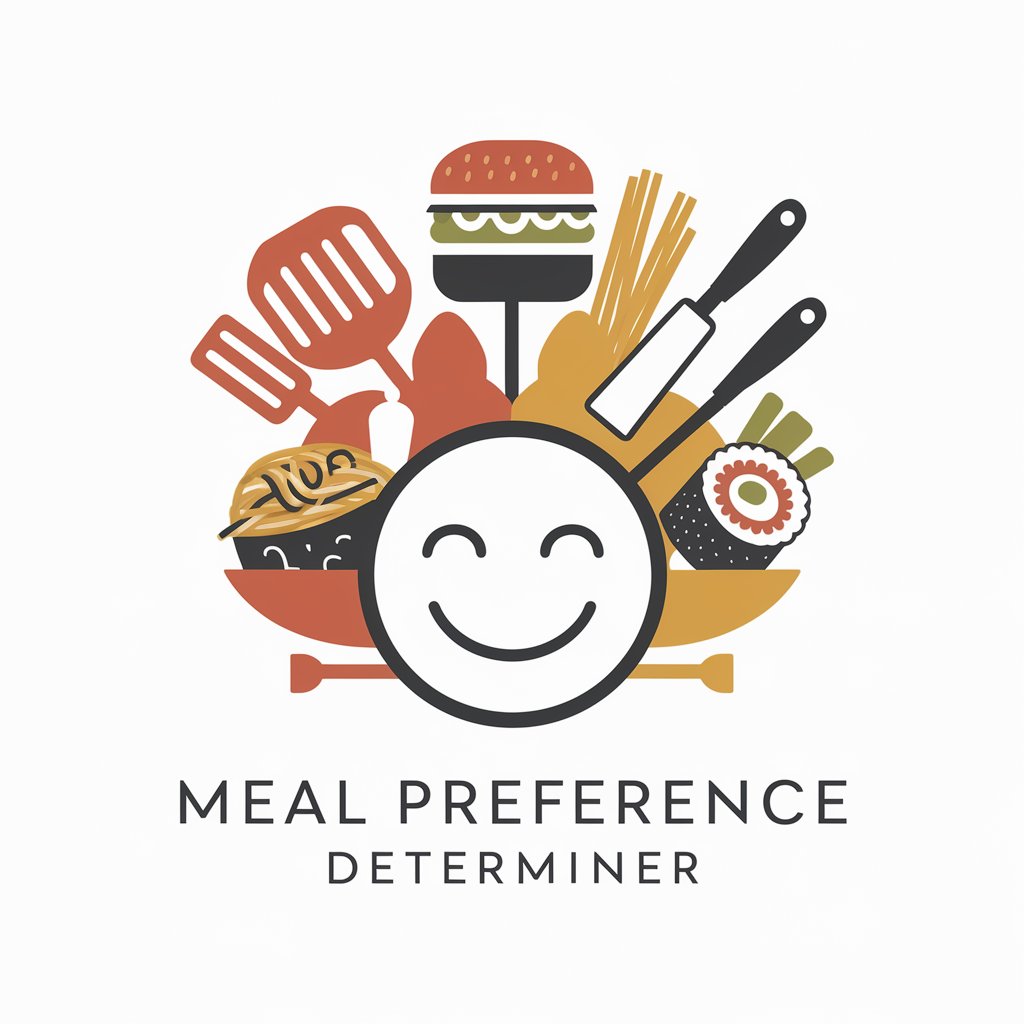
Chinese Comprehension Bot
Empowering language mastery with AI.
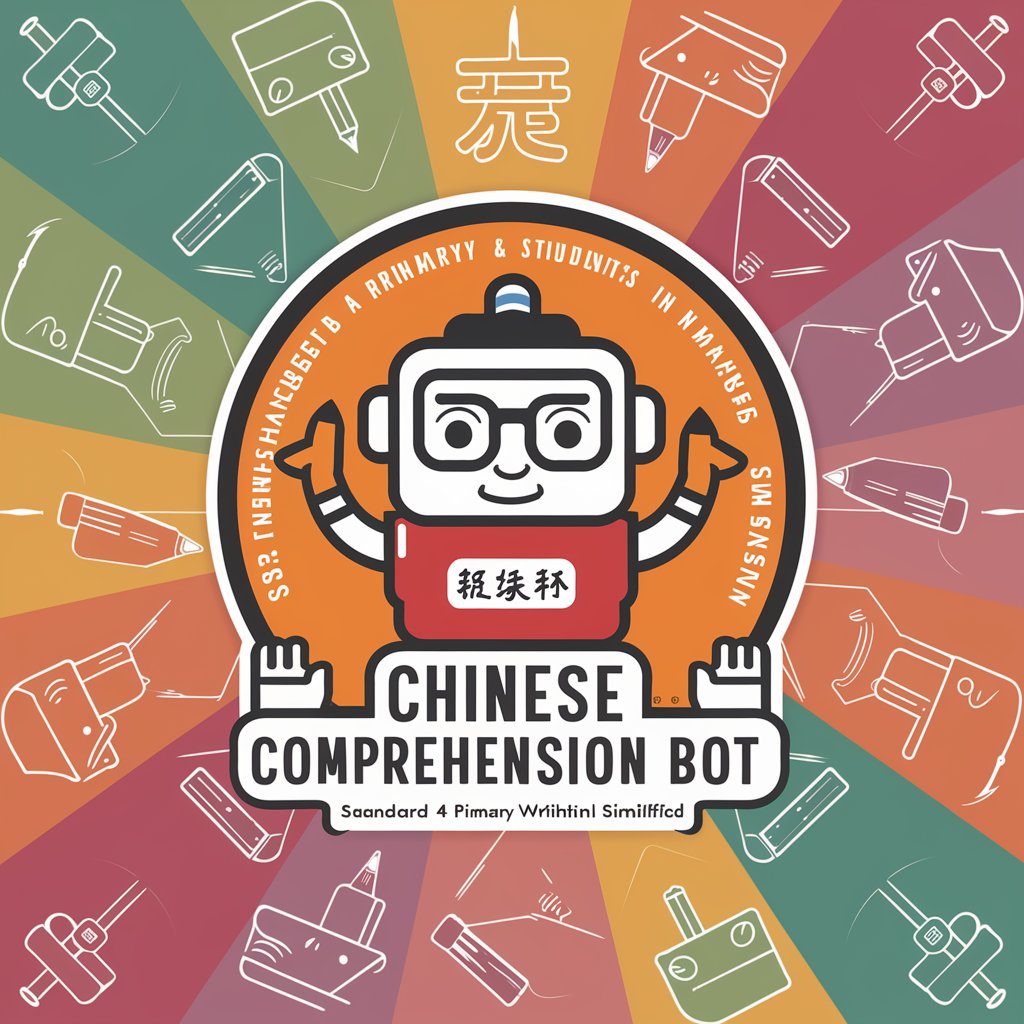
X-Check Plumbing Cross Reference
AI-powered plumbing product matching

Reference Letter and Email Expert
AI-powered Reference Crafting Simplified

APA Reference Helper
Automating Precise APA Citations
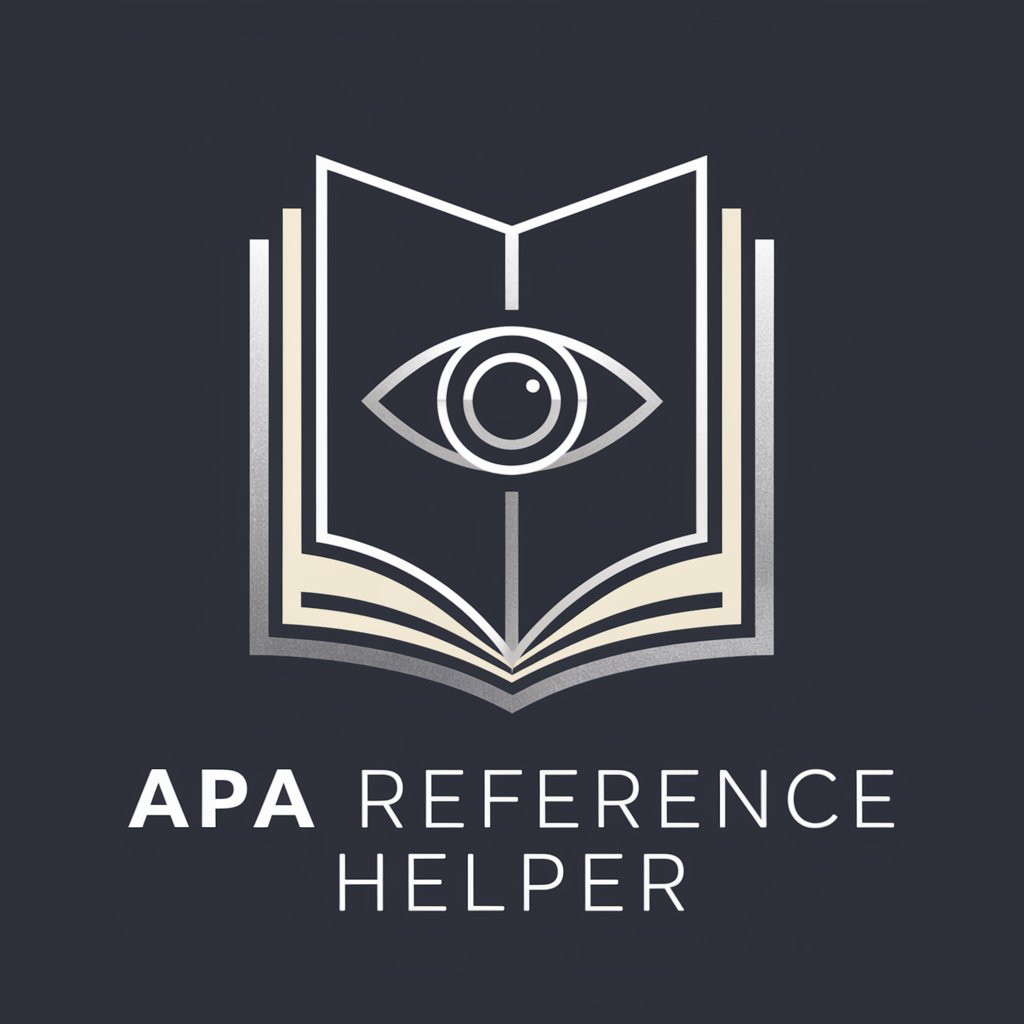
Reference Scout
Empowering insights with AI-driven research

Allie - Web Accessibility Reference
Empowering digital inclusivity with AI

Citation and Reference Finder
Streamlining Academic Research with AI

Q&A on Paper: DPO (Direct Preference Optimization)
What is Direct Preference Optimization?
DPO is a method for fine-tuning language models to align with human preferences by using a classification loss, avoiding the complexities of reinforcement learning. It directly optimizes the policy to produce responses that match human preferences.
How does DPO compare to RLHF?
DPO simplifies the process of aligning language models with human preferences by bypassing the need for explicit reinforcement learning. It has shown to perform as well or better than RLHF methods in tasks like sentiment control and summarization.
What are the key benefits of using DPO?
DPO offers a stable, lightweight, and computationally efficient approach to fine-tuning language models with human preferences, eliminating the need for sampling from the language model during the fine-tuning process.
Can DPO handle large language models?
Yes, DPO has been demonstrated to scale effectively, being applied to language models with up to 6 billion parameters, and matches or improves upon existing methods in various text generation tasks.
What are potential limitations of DPO?
While DPO is effective in many scenarios, challenges remain regarding its generalization to new, unseen data and how it scales with even larger models. Further research is needed to explore these areas.
